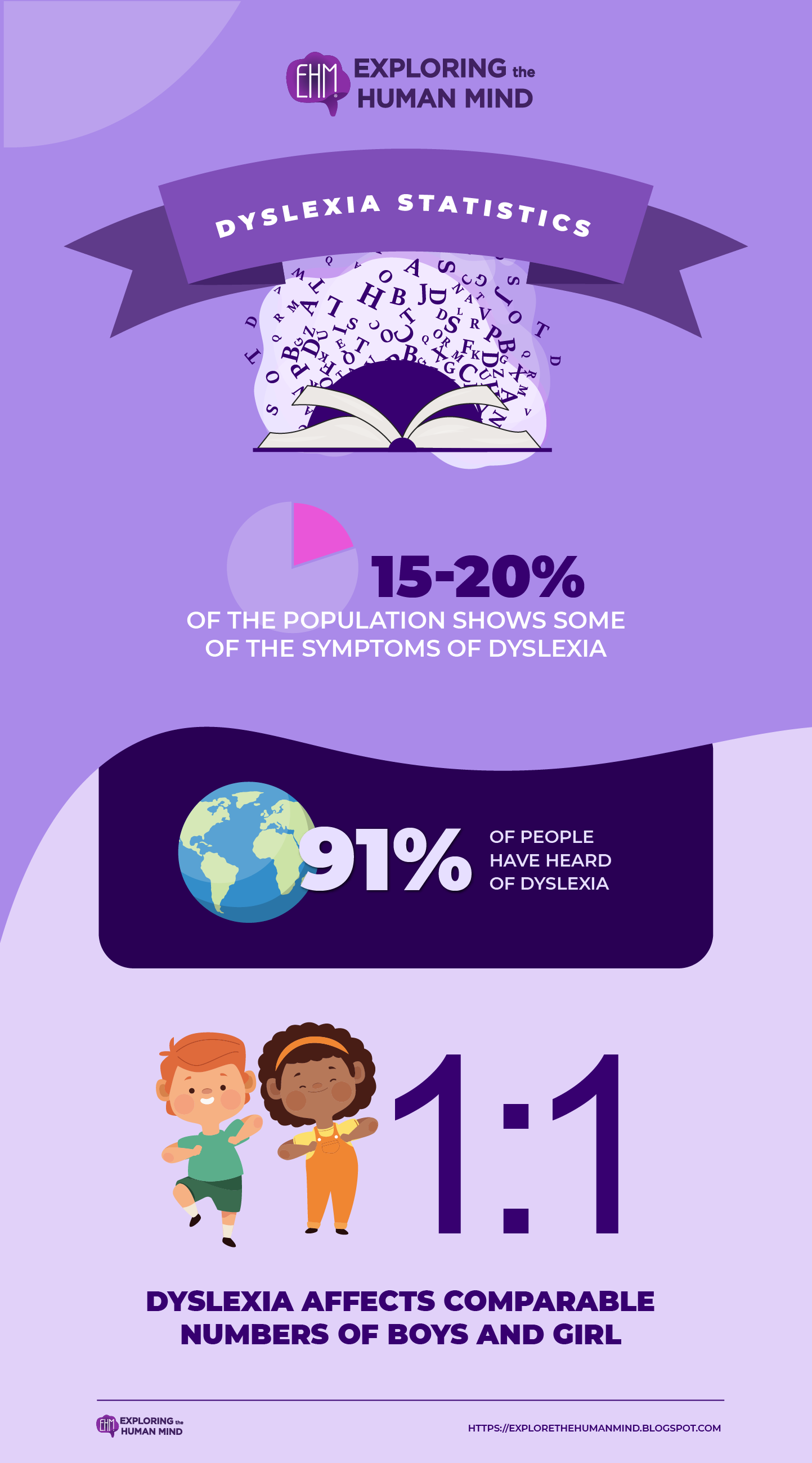Dyslexia Introduction
Dyslexia is a type of learning problem that has a neurological basis. It is distinguished by difficulty with accurate and/or fluent word recognition as well as poor spelling and decoding skills. These issues are usually the result of a phonological component of language impairment, which is often unexpected in connection to other cognitive talents and the provision of successful classroom education. Secondary implications may include difficulties with reading comprehension and a lack of reading experience, which can hamper the development of vocabulary and background information.

vectors by Freepick; graphic design by Vadot
One of the most common types of learning disorders is a reading disorder called dyslexia. It causes you to have trouble picking out different speech sounds in words and learning how letters relate to those sounds.
Understanding speech is the foundation of reading. Reading learning disorders are frequently caused by a child's difficulty understanding a spoken word as a mixture of distinct sounds. This can make it difficult to comprehend how a letter or letters represent a sound and how letters combine to form a word.
Short-term memory, also known as working memory, issues can play a role.
Even when basic reading skills are mastered, children may have trouble with the following skills:
- Reading at a typical pace
- Understanding what they read
- Recalling correctly what they read
- Making conclusions based on their reading
- Spelling
Reference:
Churchillstl Design. (2021, December 7). Churchillstl Design. https://www.churchillstl.org/learning-disability-resources/dyslexia/
Churchillstl Design. (2017, February 17). Churchillstl Design. https://www.churchillstl.org/learning-disability-resources/specific-learning-disabilities/






Comments
Post a Comment